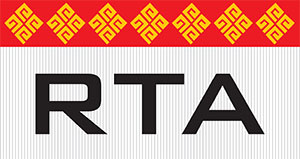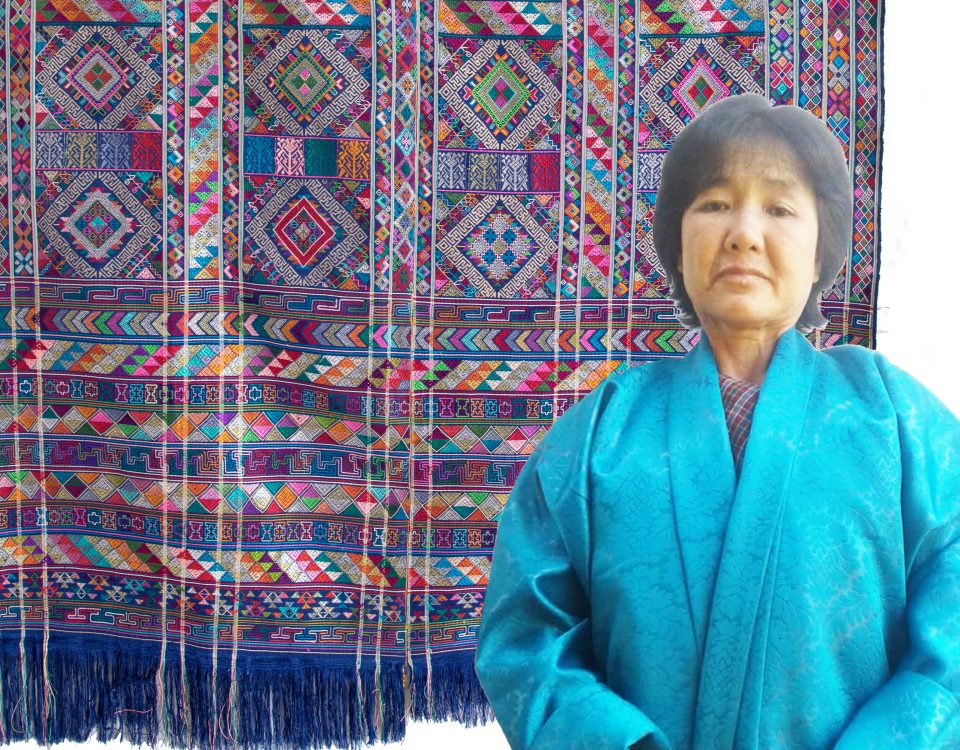Local tailors and weavers to learn contemporary Textile art and Design from Thailand
A total of 20 Bhutanese female participants are undergoing a training program on Textile Art and Design at Chiangsean International Institute for Skill Development, Thailand.
The main objective of the training program is to equip young and aspiring weavers, tailors and designers with the contemporary style of textile arts and designs. This can help them to bring innovation and creativity in the textile industry.
The Department of Human Resources (DHR) under the Labor ministry (MoLHR) in partnership with the Department of Skill Development (DSD), Ministry of Labor in Thailand is conducting the two months training program which commenced on 17 January.
According to Program Officer Tenzin Choden of the DHR, the female participants are alumni of Royal Textile Academy (RTA), National Institute of Zorig Chhusum (NIZC), Chumey Technical Training Institute (CTTI) and other weaving centers who are actively working in the textile industry.
She said this kind of program is conducted for the first time and it’s targeted mainly for people who are actually working in the textile academies.
“This can promote their knowledge and skill and further transfer their knowledge to their trainees,” she said.
Another reason to send the participants was to support and develop local textile industry in the country through supply of skilled, creative and professional manpower required by the industry, and enable self-employment and employment as professional textile artists and designers.
In addition, those taking the courses on textile arts and design can find employment easily and can continue to trade from home and make their living. “On the other hand, trainings related to construction, front desk and related courses require employers to recruit the candidate,” said Tenzin Choden.
Initially the labor ministry planned to send untrained youth but the specific technical trainings were required for the training programs.
Arts and Crafts had been identified as one of the priority sectors in the 10th Five Year Plan. Therefore in the Labor Ministry report, they are expected to train at least 1,500 candidates for the growing arts and crafts sector in the country.
The report states the growth in this sector has been mainly due to growth in the tourism sector in the country, since the two sectors are complementary to one another.
Bhutan’s textile industry is very unique and it comprises intricate weaving and pattern designing. Bhutanese use various hand-looms such as the blackstrap looms, the horizontal fixed looms, the horizontal-framed looms and the card-looms for different textiles such as Kishuthara, Yathra, Pangtha and Thruetha.
Over the past few decades, the industry has evolved with modernization and change in customers’ demand. The industry will require creative young textile artists and designers who will push forward this industry through evolution and modernization.
These 20 participants will learn the basic art principles such as, art-history, drawing and design, constructing new fibers or to come up with original fabric designs.
They will also study the different techniques for weaving rugs and blankets on a loom, creative textile art, learning basic skills such as how to use a loom, dying different fabrics and textiles, and working with different types of wool and cloth.
In addition, they will also learn how to use computer graphics software as a design tool.
“Earlier the Labor Ministry planned to send the participants to India and Nepal but the Contemporary textile arts are comparatively weak,” said the Program officer. Thailand is fairly advanced amongst the other regional countries in providing such trainings.
To see their commitment and their innovative and creative ideas, Labor ministry will conduct skill competition in the related fields, for those participants.
The participants are supplemented with tuition, stipend, travelling allowance through international developmental fund, World Bank.
Source: The Bhutanese




